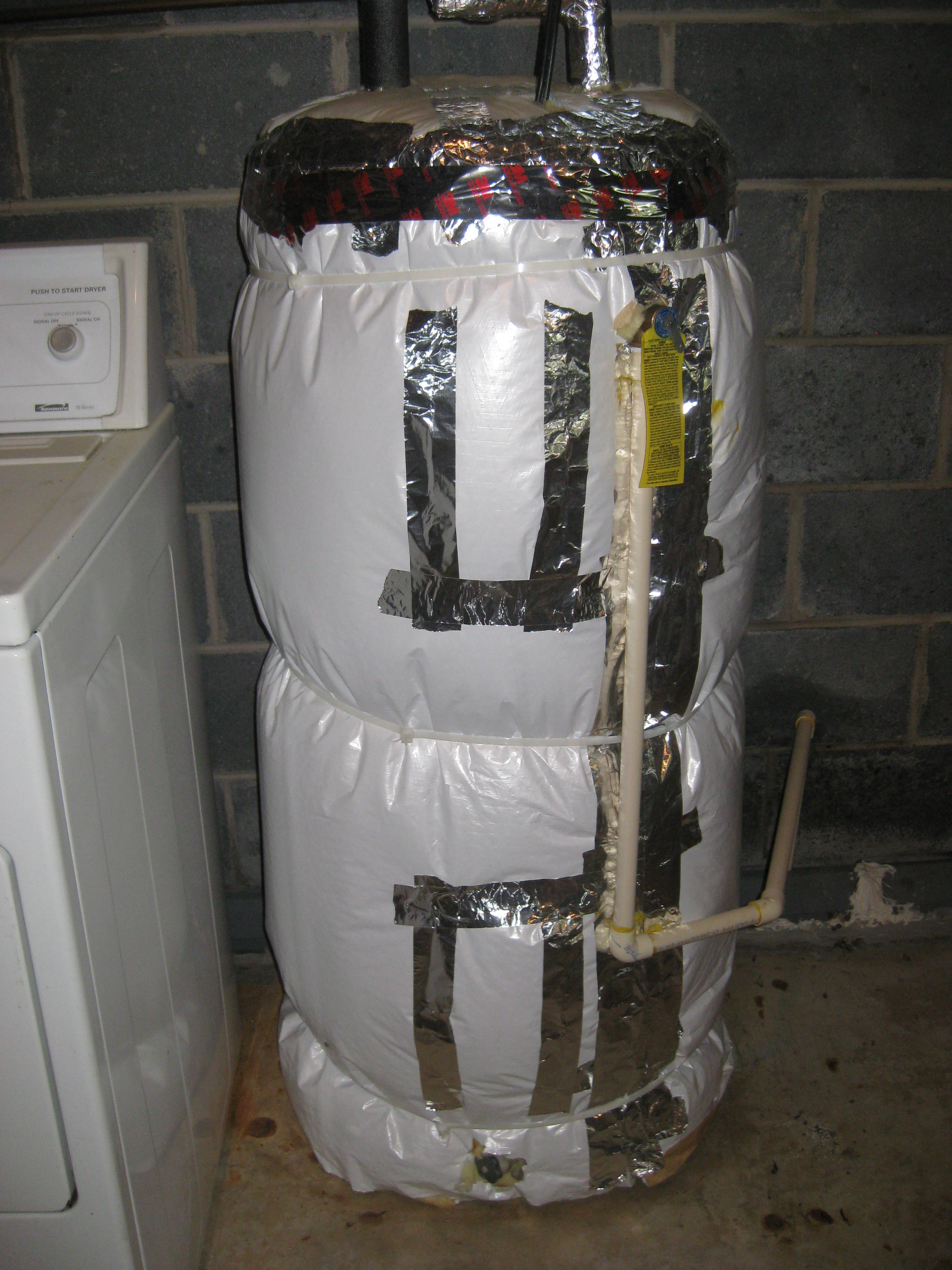Heating and Cooling are the biggest energy draws on a typical home. But do you know how much energy your home consumes when you’re not heating or cooling it? It’s still probably a lot, and this is the place you can have the biggest effect on your utility bills with the least effort, and with little or no compromise on your quality of life.
The average American home uses about half of its total energy use for heating and cooling. The other half is called baseload energy, and it is the energy to power your fridge, water heater, lights, TV, computer, range, and whatever else you use more or less every day throughout the year.
Many homes I’ve inspected have baseloads much higher than 50% of their total energy use. Yours might, too, especially if you have one or more older fridges, and a water heater that hasn’t had it’s efficiency maximized. There’s a few ways you can find out. The easiest, but least accurate, is to just check your utility bill during a month when neither heating nor cooling are being used – usually that means somewhere in the fall or spring. Another way is to use my Energy Checkup Tool. You can check it out at www.enerchek.com/analyze-your-utility-bill/
Anyway, here are a few tips that will start saving you pretty good, right away…
(1) If you have more than one fridge running, consider getting rid of the second fridge. Most houses I’ve inspected that have a second fridge, use for that purpose an old inefficient fridge – often the one that was replaced by the newer fridge in the kitchen. An old fridge can easily cost you $150 to $300 every year to run. The second fridge is also most often largely empty or full of canned soft drinks. Is a huge supply of cold sodas worth $150 (or more) to you?
(2) Go check out your water heater. Does it feel warm to the touch? Are the water pipes going in and out also warm to the touch? If they are, then the small cost of insulating those water pipes and putting an insulating jacket around that water heater will start to pay you back in energy savings immediately. In most cases – even sometimes when the water heater tank doesn’t feel perceptibly warm – the payback for your small investment will be not more than six months.
(3) How hot is your water? Typical water heater temperature today is only about 120 degrees Fahrenheit, but if you water heater was set years ago or even more recently but by an installer who still does it the way his grandfather did it, then your water may well be way hotter than it needs to be. Run your hot water in a sink until it’s as hot as it gets, then fill a cup. Use any old meat thermometer to test the temperature. If you haven’t got one, just dip your finger in. 120 degrees will feel hot but won’t burn you. 140 degrees (the old standard) can scald you in as little as 10 seconds. Lowering the temperature to 120 degrees will save you money right away with no downside. It’s a hard sell for some older folk who insist hotter water is better, but the evidence otherwise is overwhelming.

Recent Comments